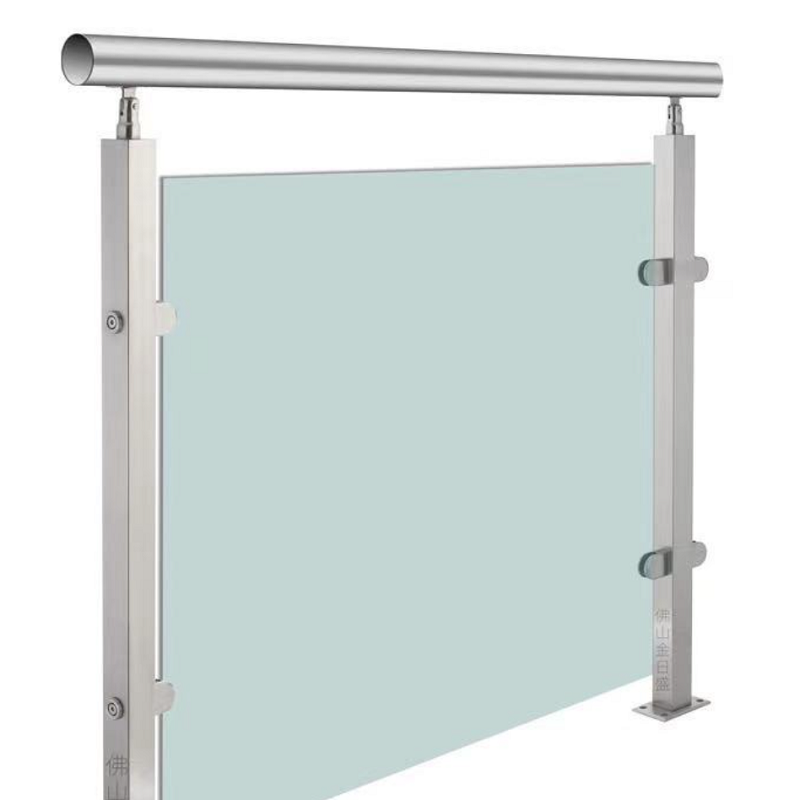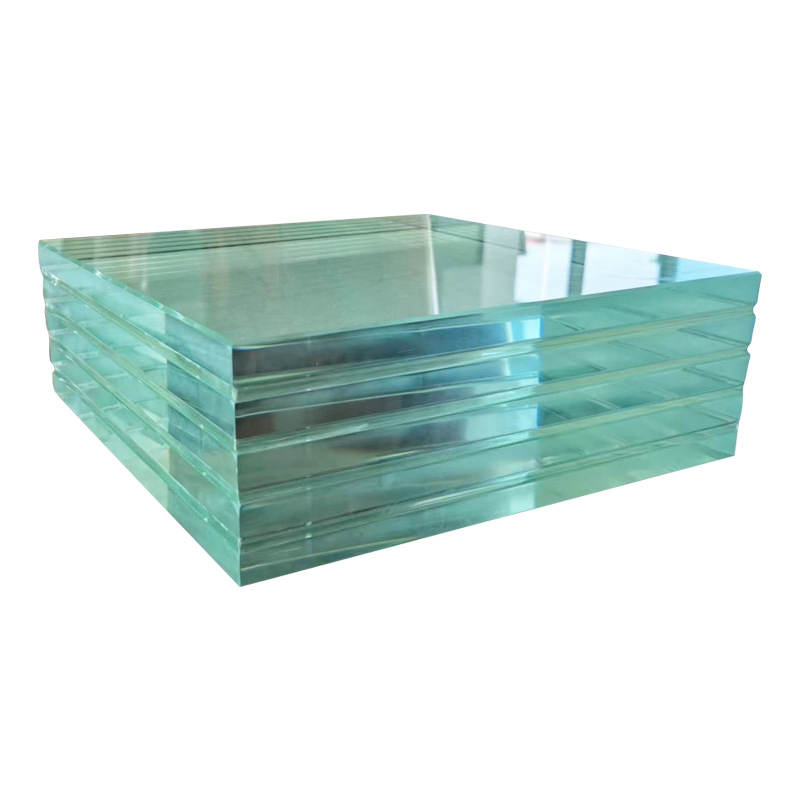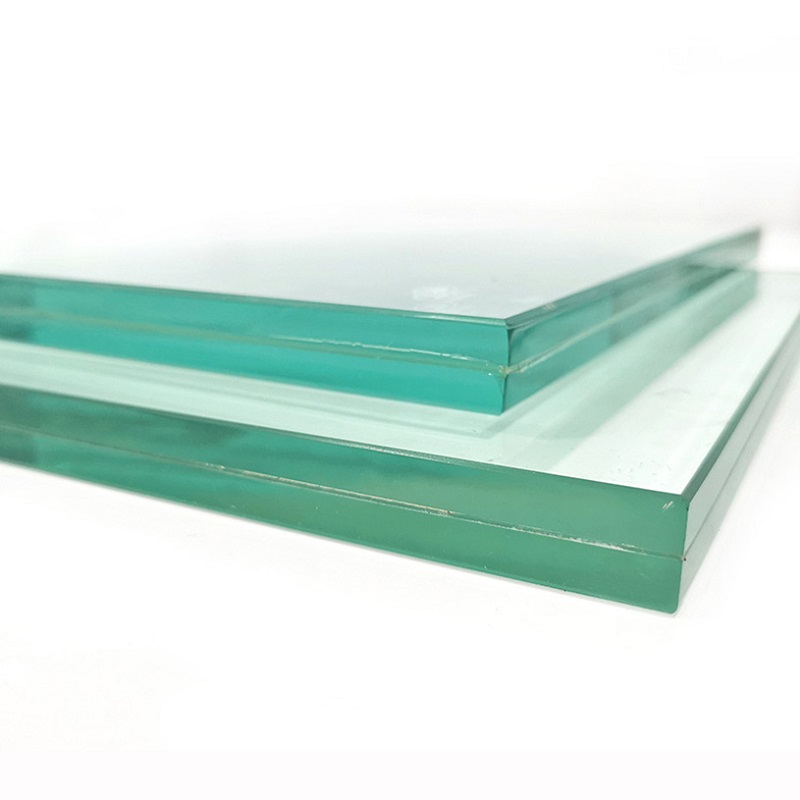What to Do If the Glass Produced by the Tempering Furnace Is Uneven?—A Case Study from a Glass Manufacturer
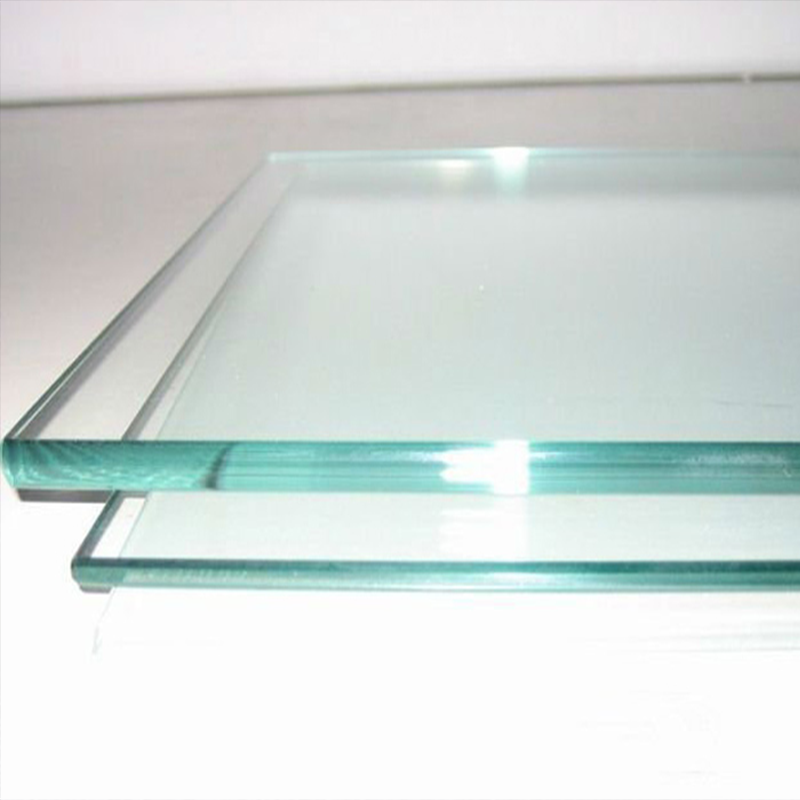
Glass is an ever-present material in our daily lives, found everywhere from windows and smartphone screens to furniture and automobiles. However, the production process of glass is not always smooth sailing. Many glass manufacturers often encounter a common issue when producing tempered glass: uneven glass coming out of the tempering furnace. This not only affects the product's appearance but can also compromise its safety and lifespan. This article will explore the issue of uneven glass through simple and easy-to-understand case studies, analyzing causes and providing solutions.
1. What Is Tempered Glass? Why Is Uneven Glass a Problem?
Tempered glass is made by heating ordinary glass to near its softening point (approximately 650°C) and then rapidly cooling it (quenching). This process creates compressive stress on the surface of the glass and tensile stress inside, significantly enhancing the glass's strength (typically 3-5 times that of ordinary glass) and heat resistance. Tempered glass is also safer: when it breaks, it shatters into small granules rather than sharp shards.
However, if the glass produced by the tempering furnace is uneven, such as exhibiting bending, waviness, or localized deformation, it can lead to a series of problems:
Appearance defects: Uneven glass affects aesthetics, especially in high-end architectural or home applications.
Functional issues: For example, when used in windows, it may cause poor sealing, and when used in electronic devices (e.g., smartphone screens), it may impact touch sensitivity.
Safety risks: Uneven glass may have uneven stress distribution, reducing its strength and increasing the risk of breakage.
Glass manufacturers must strictly control the production process to ensure the flatness of the glass. Below, we analyze the causes and solutions for uneven glass through several real-world case studies.
2. Case 1: Uneven Heating Causing Glass Warping—Lessons from an Architectural Glass Manufacturer
A glass manufacturer specializing in architectural glass once faced an issue: large-sized glass (e.g., 2m × 3m) produced by the tempering furnace often exhibited slight warping, resembling waves. The customer complaint rate reached 15%, leading to a large number of returns.
Cause Analysis:
The glass manufacturer assembled a technical team to inspect the tempering furnace. They discovered:
Uneven heating: The heaters in the tempering furnace had aged, causing uneven heating of the glass. When heated, areas of the glass exposed to higher temperatures expanded more, and after cooling, these areas contracted more intensely, resulting in permanent deformation.
Improper glass placement: Operators sometimes placed the glass at an angle into the furnace, causing it to sag under gravity and exacerbating the unevenness.
Solutions:
Replaced the heaters: The glass manufacturer invested in upgrading the heating system of the tempering furnace to ensure uniform temperature distribution.
Standardized operations: Operators were trained to place the glass horizontally and use supports to minimize the effects of gravity.
Added inspection step: An automatic flatness detector was installed after cooling to promptly identify issues.
Result: The issue of glass edge warping was largely resolved, and production efficiency increased by 20%. This shows that glass manufacturers should pay attention to environmental factors and equipment condition, conducting regular preventive maintenance.
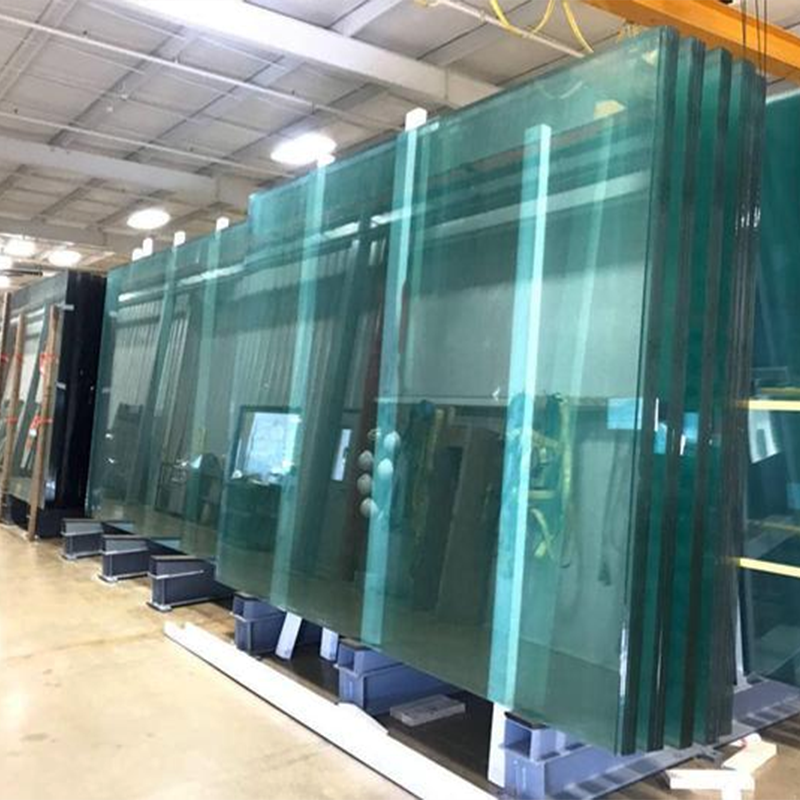
5. How to Prevent Uneven Glass? Best Practices for Glass Manufacturers
Based on the above cases, glass manufacturers can take the following measures to prevent uneven tempered glass:
Regular equipment maintenance: Monthly inspections of the tempering furnace's heaters, cooling system, and conveyor devices to ensure uniform heating and cooling.
Process control: Monitor heating temperature (generally around 650°C) and cooling speed to avoid excessive speed or slowness. Use sensors for real-time data collection.
Quality inspection: Introduce automated optical inspection (AOI) systems to measure glass flatness and promptly reject defective products.
Employee training: Standardize operational procedures to reduce human error.
Collaborative innovation: Work with raw material suppliers and research institutions to develop more stable glass formulations.
For end-users, if they encounter uneven tempered glass, they should contact the glass manufacturer for replacement and avoid handling it themselves.
Conclusion
Uneven tempered glass is a common challenge in glass production, but through scientific analysis and continuous improvement, glass manufacturers can effectively address it. From uneven heating to overly rapid cooling to environmental factors, each issue reminds us that quality lies in the details. As consumers, understanding this knowledge helps in better selecting and using glass products. The world of glass may be transparent, but the craftsmanship behind it requires opaque effort and wisdom.
Tempered glassTempered glassTempered glassTempered glassTempered glassTempered glassTempered glassTempered glassTempered glassTempered glassTempered glassglass manufacturersglass manufacturersglass manufacturersglass manufacturers


